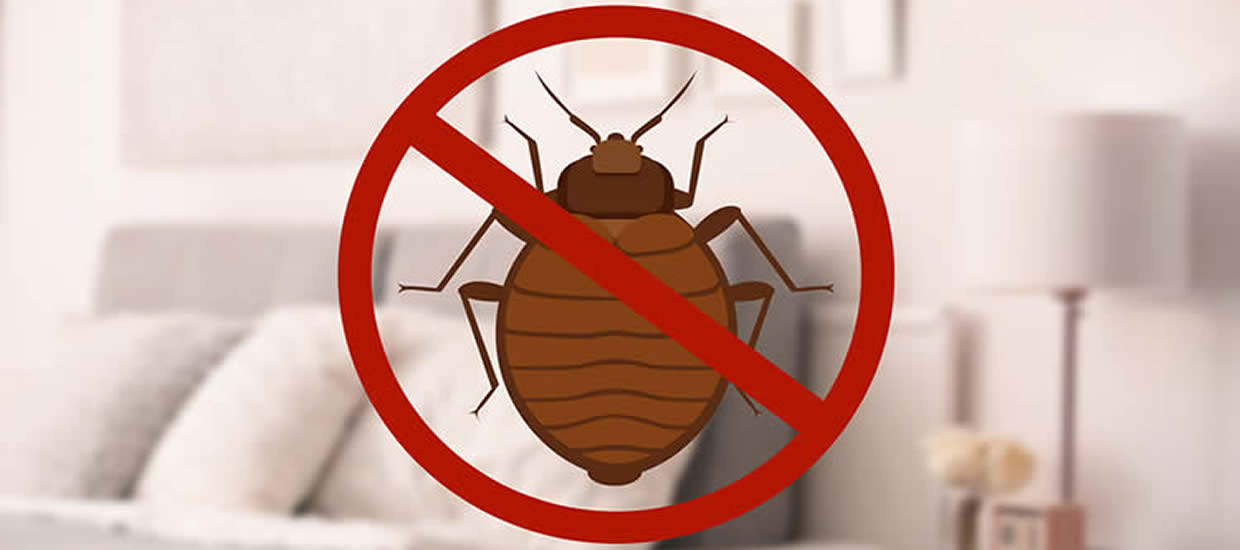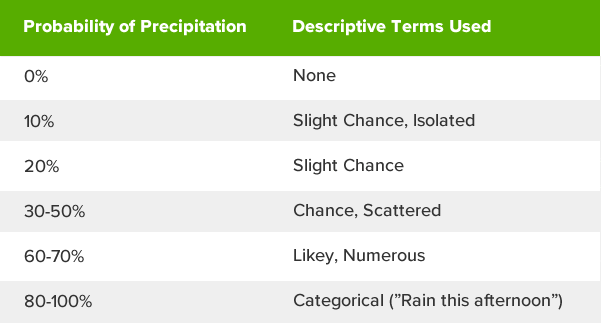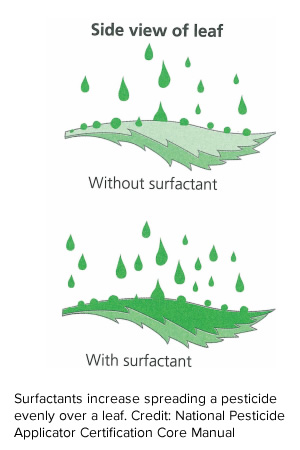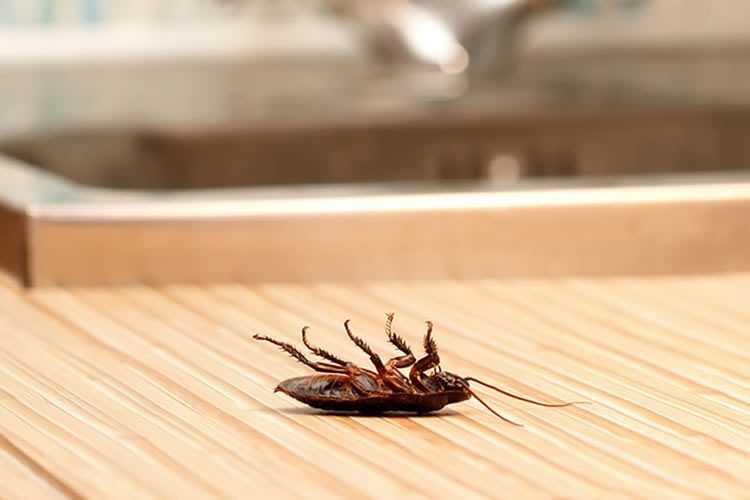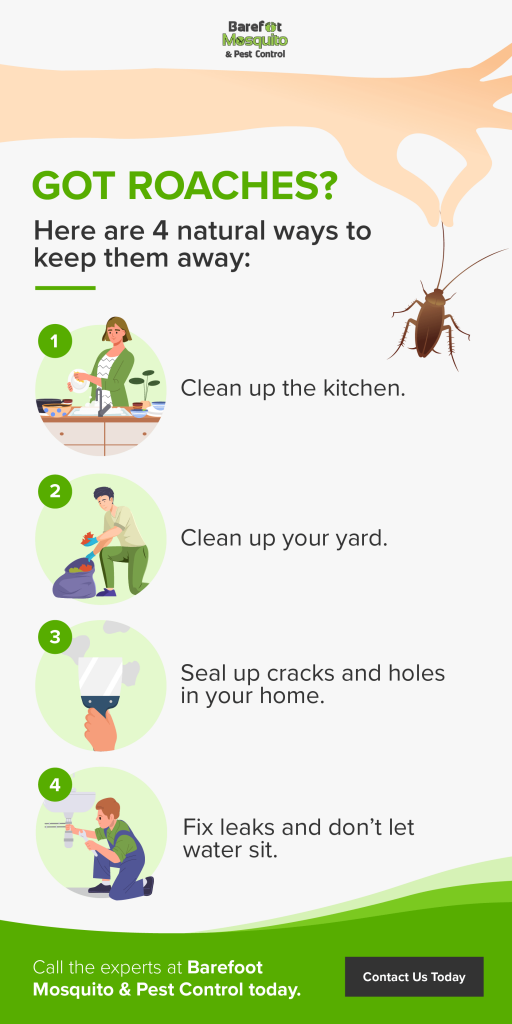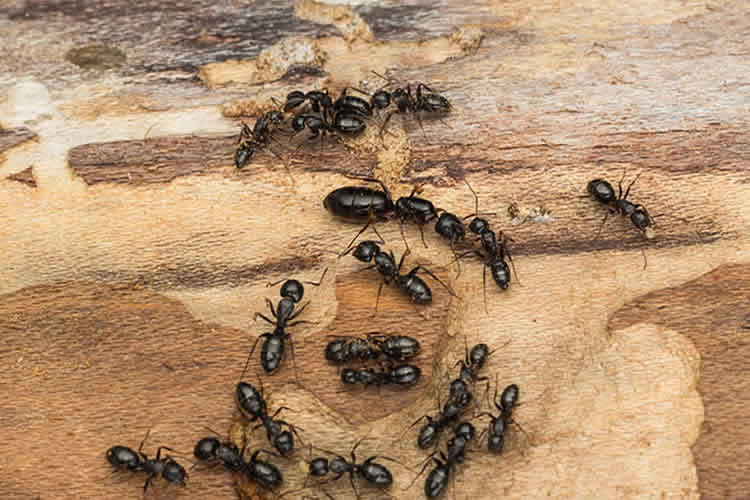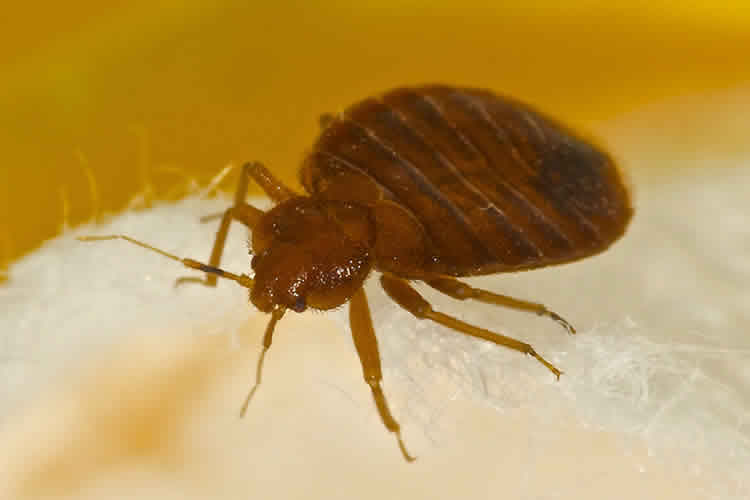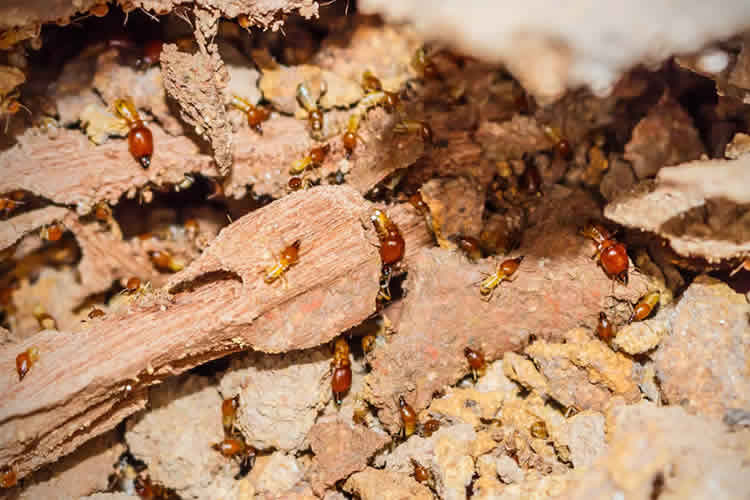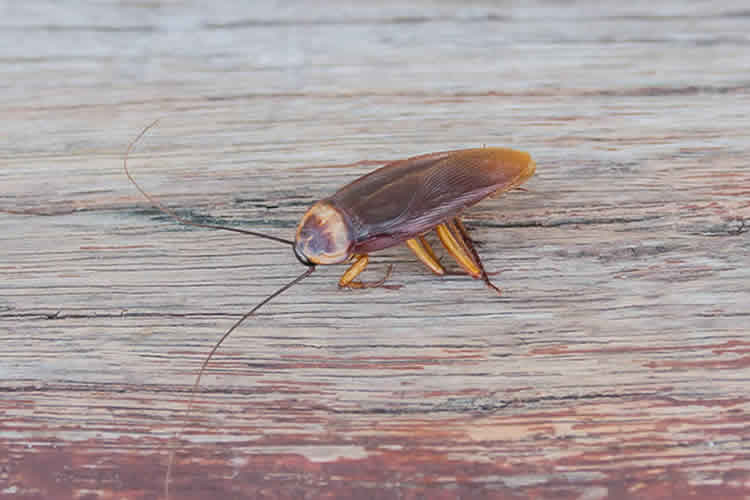Good night. Sleep tight. Don’t let the bedbugs bite. Maybe your parents tucked you in with this old saying. Maybe it even seemed like an innocent thing to say, but drifting off to sleep with a harmless rhyme and falling asleep with actual biting bedbugs are two very different things. If you’re concerned about getting rid of bedbugs, read these commonly asked questions to learn more about these pesky bedfellows.
What Is a Bedbug?
First of all, definitions are in order.
Bedbugs are small, nocturnal insects from the Cimicidae family, measuring just 4 to 7 mm. Flat and oval, they’re also reddish-brown in color. However, if they’ve just fed on a person, their shape will be more like a torpedo, and they’ll be more red in color. Young bedbugs are a more translucent white-yellow color. Even though they’re tiny, they can often be easy to spot.
Do They Really Bite?
Yes, they definitely do. They feed on the blood of humans. However, while humans are their preferred meal, bedbugs will also fill up quite nicely on the blood of other warm-blooded hosts in the absence of a tasty human.
Do They Live on Pets or Humans?
Bedbugs don’t actually live on pets or humans. They just feast on them.
Where Are They Found?
Everywhere. Since bedbugs need the blood of humans to survive, they can be found in any part of the world where humans dwell – typically near where humans sleep.
Where Do They Come From?
It’s a common misconception that dirty homes breed bedbugs. Rather, they often come from hotels or other temporary accommodations, hitching a ride on your clothing. They can also arrive on used clothing or furniture.
Keeping your home clean can slow the infestation of bedbugs, but if they make it into your home, your cleanliness won’t keep them away entirely. Apartment complexes often become infested because it’s easy for the bedbugs to travel from apartment to apartment.
How Do They Feed?
Bedbugs are nocturnal, so they’ll come out at night to suck a human’s blood. The creepy thing is they normally suck your blood for five whole minutes before going back to their hiding places.
How can they get away with such a long feeding period? When the nasty, little bug bites you, it injects two hollow tubes into your skin. One tube is for injecting an anticoagulant and anesthetic, and the other tube is for sucking up your blood. You don’t feel a thing (mosquitoes do the same thing, by the way).
What Does Their Bite Do to Humans?
A bedbug’s bite isn’t dangerous to humans, but it’s sure annoying. You’ll notice either a flat welt or a raised, red bump and it will likely be itchy. They can take a few days to a few weeks to go away on their own, and they can even cause rashes if you’re bit frequently. Because of this, work on getting rid of bedbugs as soon as you notice any sign of them.
How Do You Stop the Itch?
Over-the-counter creams for insect bites will usually do the trick. You can also try Benadryl or calamine lotion. But remember – once the bite is there, you can expect more. Take care of bedbugs immediately.
How Can You Tell If You Have Bedbugs?
Aside from the bites, there are a variety of ways to spot bedbugs. One of those is through your nose. Most people say bedbugs smell like raspberries, but if you’re dealing with an infestation, you’ll likely smell something resembling moldy shoes.
In addition, you can often visually see bedbugs in your bed. Check the headboards, mattress and corners of bed nets. You might also see blood stains, fecal spots, and exoskeleton skins.
They can also be found in places other than the bed — old furniture, behind peeling paint, and wooden floorboards. Typically, however, you’ll find them in a concentrated area within 10 to 20 feet of your mattress.
How Do You Get Rid of Bedbugs?
Time is of the essence when it comes to getting rid of bedbugs as each bedbug can lay four to five eggs per day. (Yikes!)
Don’t:
- Start sleeping in another location or near another person – they could follow you and infest the new place!
- Bring anything else into the contaminated room – it could become contaminated as well.
- Throw anything out — bedbugs travel well, so don’t think throwing things away will remove the problem.
- Bag anything up without first washing it in hot water and drying it on hot for one to two hours.
- Try and remove them yourself – there are plenty of do-it-yourself methods, but without the know-how and equipment, you may just end up scattering the bedbugs to new locations.
Do:
- Call a pest control company right away.
- Save any bedbug specimens you find to show to the pest control company for identification purposes.
How Can You Avoid Bringing Bedbugs Home When You Travel?
Check travel reviews of the hotel where you want to stay. Consider staying in a different hotel if one has had reports of bedbugs. Once in the hotel, check the headboard, mattress, frame, and pictures for any signs of bedbugs (blood spots, eggs, exoskeletons, etc.). After checking the luggage rack for bedbugs, store your luggage only on the rack. Hang clothes up, rather than storing them in a dresser. To get rid of bed bugs is an extremely important thing to do so you can be sure that you are not infesting anyone else as it is THAT easy to do it.
Discovering a bedbug infestation in your home is incredibly unnerving, but when dealt with swiftly with the help of a reputable pest control company, you’ll soon be able to sleep at ease once again!

